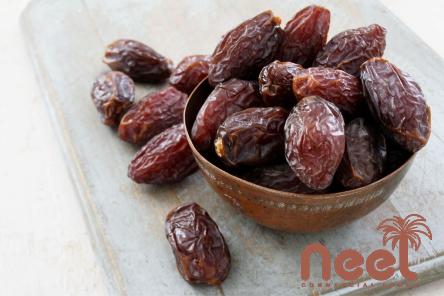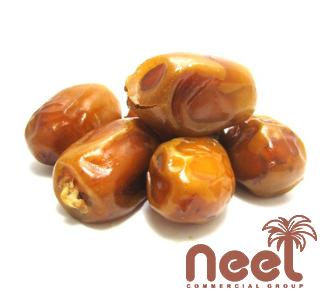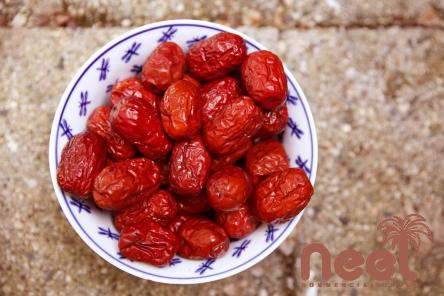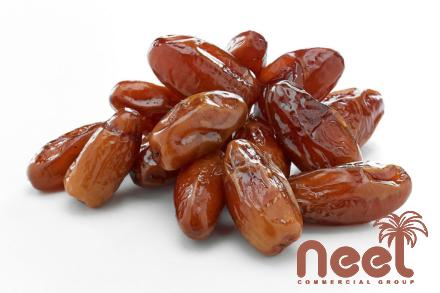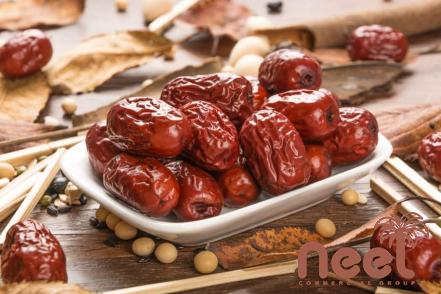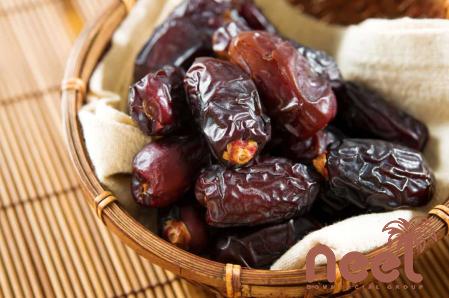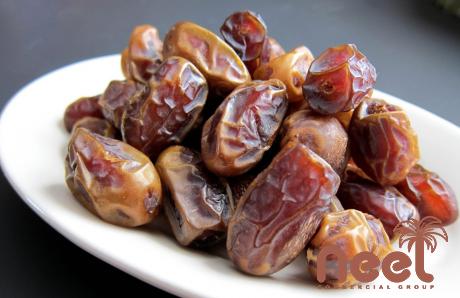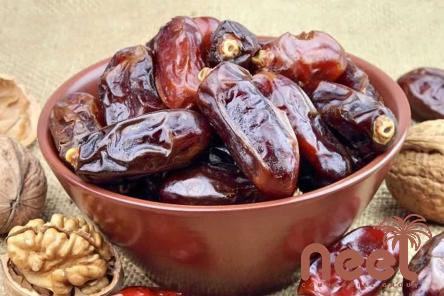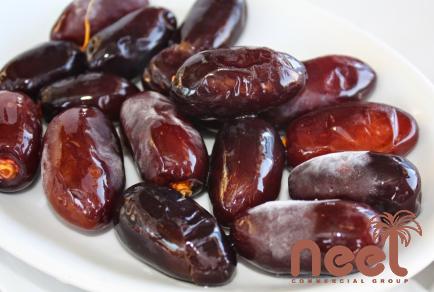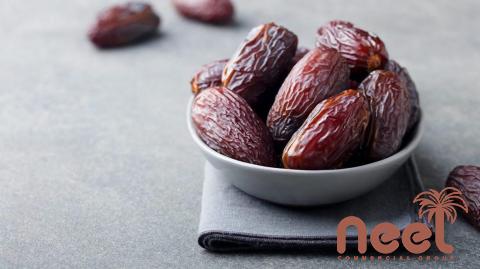Buy all kinds of iranian date at the best price
The low cost of the Iranian date has helped make it famous across the globe today
Dates known as Rutab are sold through wholesale companies at a good price
When a Medjool date has reached its second edible stage, also known as Organic Fresh Rhutab Medjool, the fruit is lusciously sweet, transparent, moist, and has the capacity to melt in your mouth
In this stage, the fruit is frequently referred to as Organic Fresh Rhutab Medjool
This fresh and delicious King Medjool has pulp that has a flavor similar to caramel and is fudgy
The pulp is delightfully silky and chewy, and it will excite your senses
Not to mention the outside has a lovely golden brown finish that draws your attention and piques your interest
Dates, much like raisins, can “bloom” when sugar is added to them
When this occurs, white specks are left on the surface of the fruit as a result of the osmotic movement of sugar from the interior to the exterior
This occurs as the sugar moves from the inside of the fruit to the outside
It is simple to bring back the sugar content of the dates
To soak your date fruit, all you need to do is use your preferred milk or warm water
The dates maintain their amazing flavor even after being soaked, which is due to the fact that the fruit’s lost moisture is replaced and the flesh is made more tender
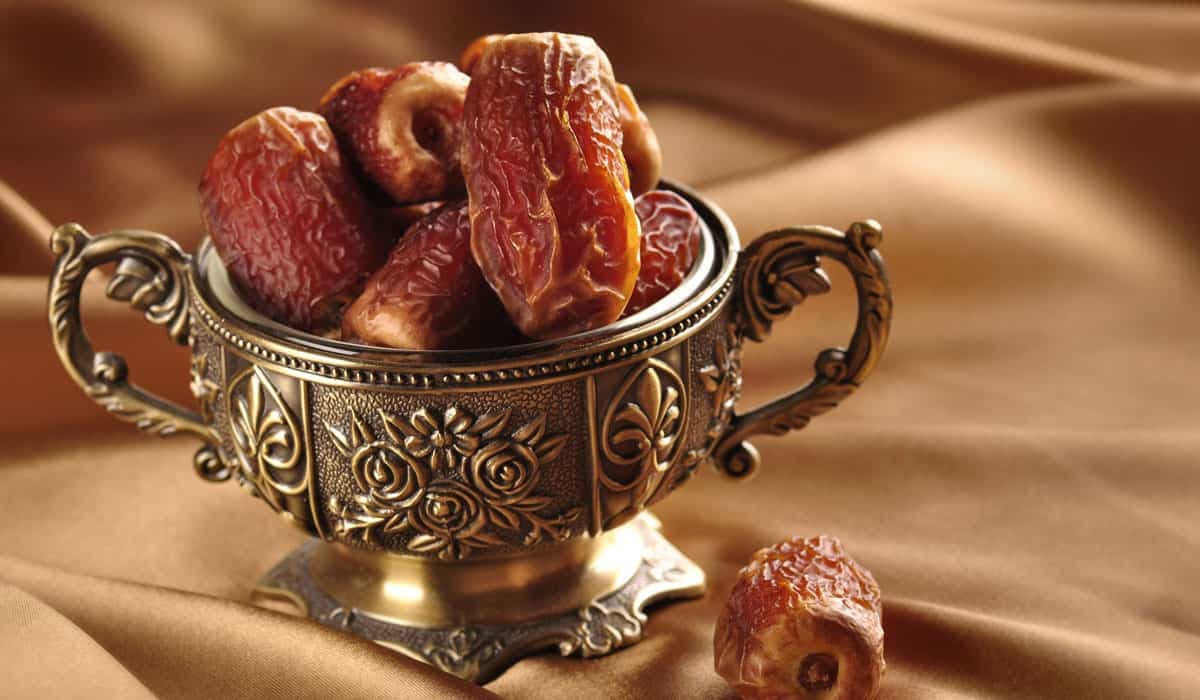
Mazafati Dates Exporters In Iran
the date exporters in Iran made a good profit of the produced dates which were worth more than 1
2 million tons of Mazafati and other varieties of dates, in the most recent Iranian year, which came to an end on March 20, 2017, with close to 20% of the total production—worth about $300 million—being exported to Europe, North America, the Far East, and Russia, representing an increase of 2% from the previous year
According to the official, with annual production of 1
4 million tons, 1
2 million tons, and 1
1 million tons, respectively, Egypt, Iran, and Saudi Arabia produce the most dates in the world
However, Egypt, Saudi Arabia, and Tunisia tie for third position as the top exporters of the crop, with Iran coming in second
Although Tunisia ranks seventh in terms of output, it is the third-largest exporter of dates
To increase exports from domestic production to 30% of overall exports, the government has a five-year plan
We have already had excellent success developing new markets in China and India in order to achieve this
stating that 15% of the dates produced in Iran are used by the processing industry
Iran consumes 3 kilograms of dates each person
Iran’s top producing provinces for dates are Sistan-Baluchestan, Hormozgan, Kerman, Fars, Bushehr, Khuzestan, Ilam, Kermanshah, Yazd, South Khorasan, and Isfahan, with 1 direct job and 0
5 indirect jobs being created for every hectare
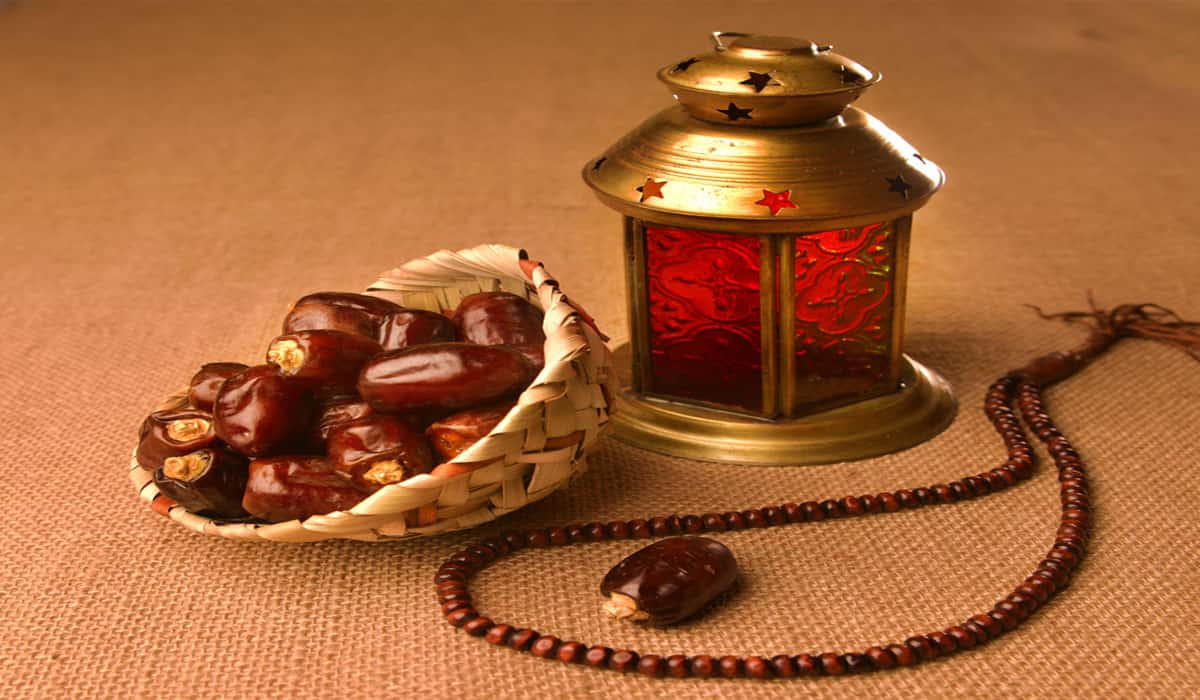
Iranian Date Today
Today, Iran produces 900,000 metric tons of Iranian dates annually from 218,000 hectares of land
Date palms are mostly grown in the south, south-east, and south-west of Iran
Commercial Iranian varieties: Iran has around 400 varieties, but few are commercially significant
Five Dates are supplied and exported exclusively
Dates Mazafati: Fresh (soft) Mozafati dates are grown near Bam, Kerman province
Tender, dark brown to black Mozafati dates are good
Yummy
They’re 20% moist
This day produces 100,000 tons annually
Harvest begins mid-August
Large, velvety Kabkab dates are exquisite
Dashtestan, Bushehr, and Fars grow them
Industrial-grade Kabkab date
Immediate consumption
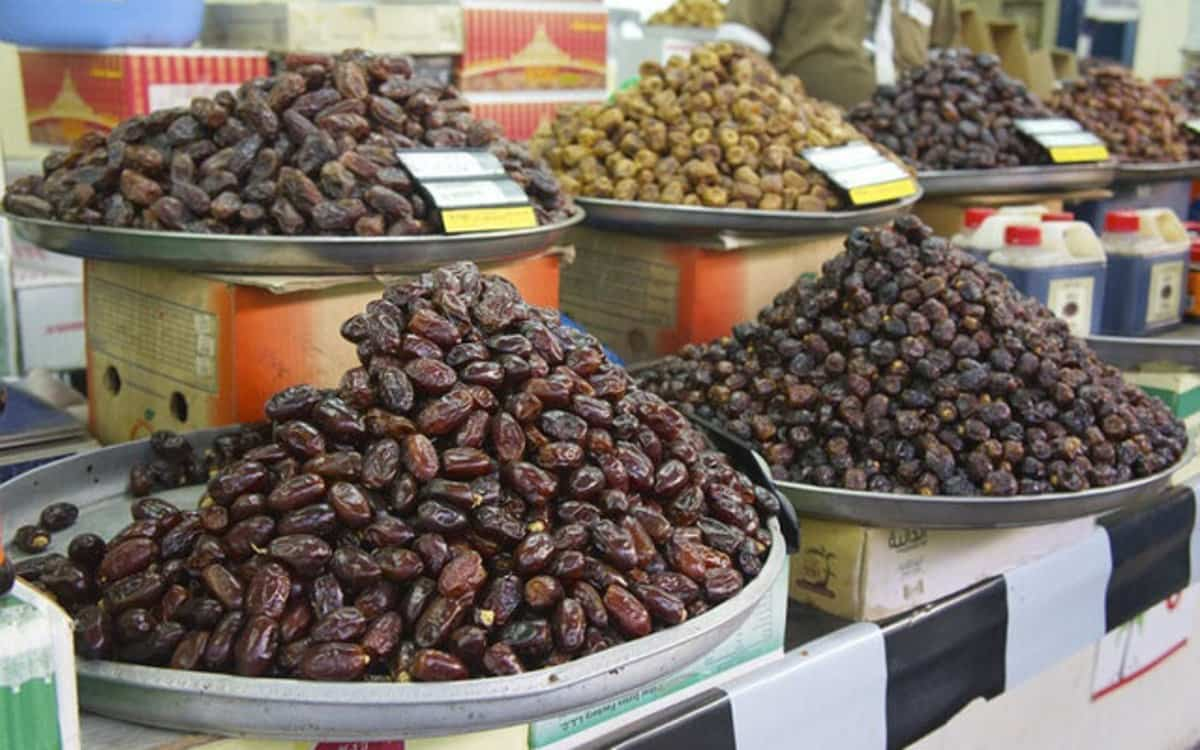
Sweet, tender Kabab dates are used in culinary sectors and bakeries
This species is black, brown, with or without pits
October is date harvest month
This variety’s moisture is under 18%
50,000 tons annually
Iran exports Sayer Dates (pitted and unpitted)
Khuzestan, Iran, made these
Unique sugar and nutrient composition
Semi-dry Sayer dates are more noticeable
Sugary, juicy, and easy to core
Soft, syrupy dates
October produces 50,000 tons
Dates are eaten or used industrially
Piarom dates are the richest in the world and only grow in Iran
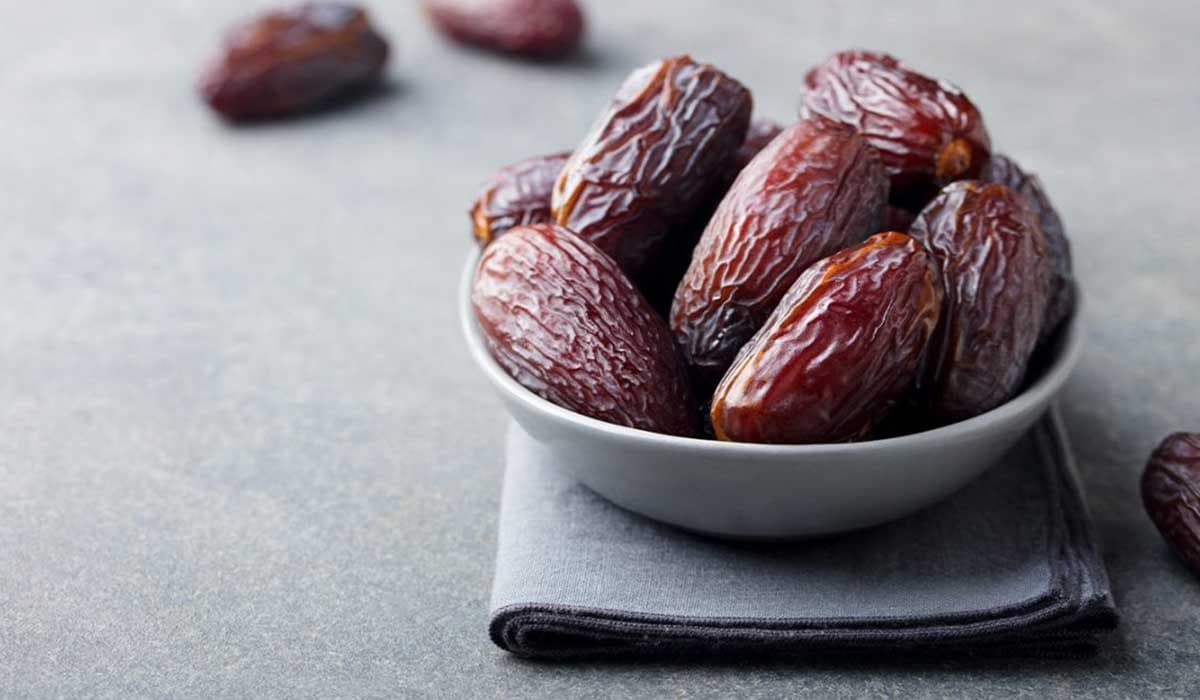
Semi-dried Hormozgan product
A dark-brown, spherical nibble
15%-moisture semi-dry date
Delicious
Piaroma skin thinness Piarom dates are diabetic-safe
These beat American Medjools
“A,” “Normal,” and “B” Piarom dates are scheduled
Harvest is mid-September
Large, velvety Kabkab dates are exquisite
Dashtestan, Bushehr, and Fars grow them
Industrial-grade Kabkab date
Immediate consumption
Sweet, tender Kabab dates are used in culinary sectors and bakeries
This species is black, brown, with or without pits
October is date harvest month
This variety’s moisture is under 18%
50,000 tons annually
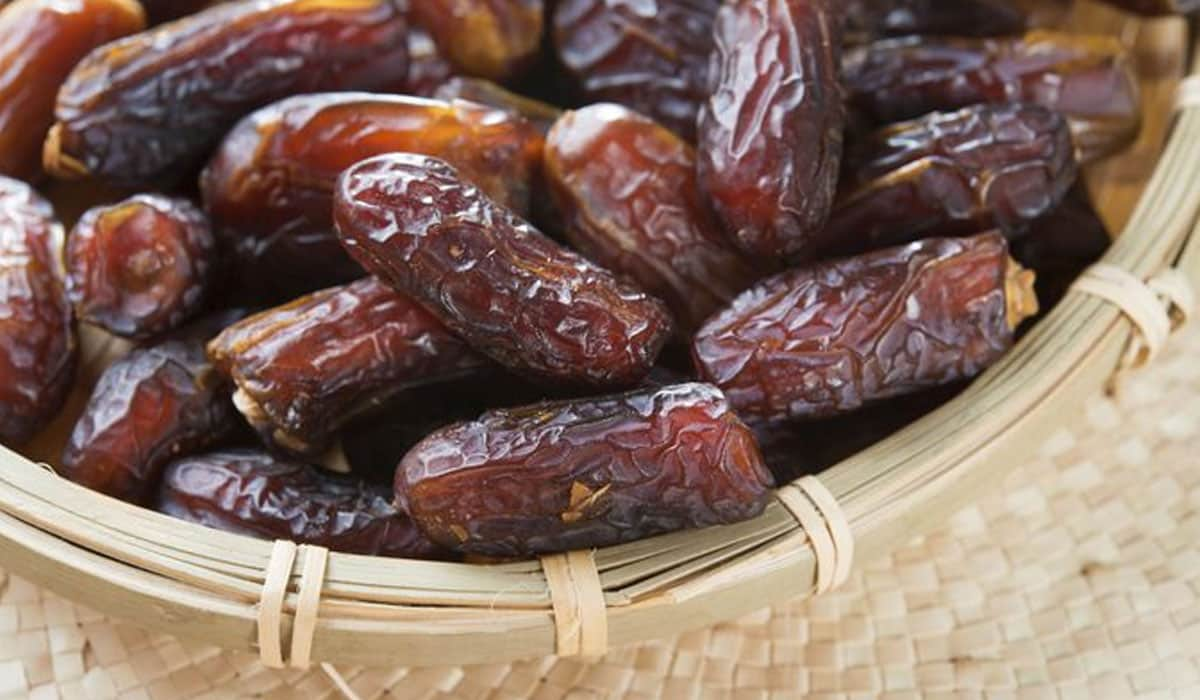
Iranian Dates Vs Medjool
Samarran is a rough, semi-dry date
It accounts for 70% of Iranian date exports and 40% of Persian date exports
Due to its high sugar content and low cellulose content, Astamaran, also known as Sayer, is popular in Russia, Canada, Australia, the United Kingdom, and New Zealand
Long and slender, Shahani dates range in color from golden to light brown and are golden to light brown in hue
Its delicious khalal is served with its palm fruit
Late-ripening dates
Zahedi dates have light brown skin and thick, golden meat
It has less sugar than other types of dates
The Zahedi dates are chewy and have a peanut butter flavor
Semi-dry Persian Kabkab dates are wet
Sizeable brown dates
Kabkab dates are as valuable as Astamaran, Shahani, and Mazafati
Rabbi dates are popular
Iran produces them
Rabbi Date is cultivated in the regions of Iranshahr, Zabol, Chahbahar, and Saravan
Brown, soft, and lengthy Rabbi dates
They may be stored in a cool area
Tender, meaty skin
Rabbi dates are popular
Iran produces them
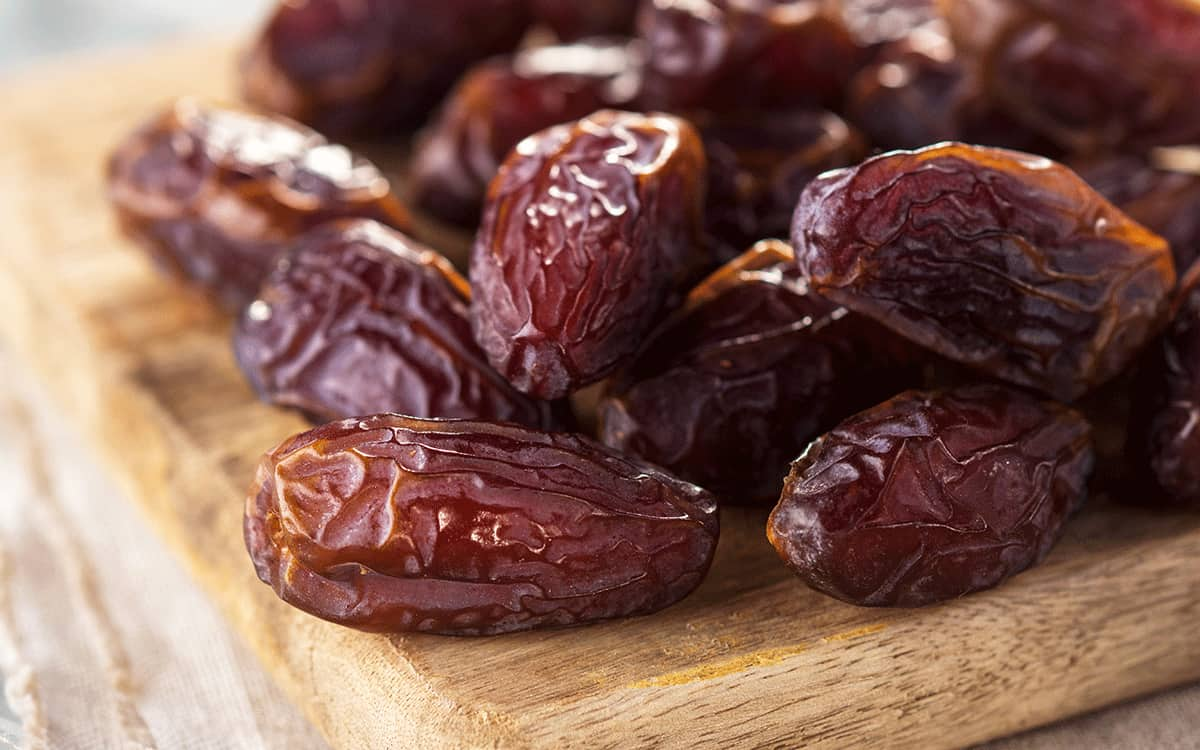
Rabbi Date is cultivated in the regions of Iranshahr, Zabol, Chahbahar, and Saravan
Brown, soft, and lengthy Rabbi dates
They may be stored in a cool area
Tender, meaty skin
Sweet, syrupy barhi dates
They are a little and delicate kind of Persian dates
Dates for Barhi are selected in late August or early September
They can taste like sugar cane, coconut, or butterscotch, depending on ripeness
All three maturity phases of Barhi dates are edible: yellow and semi-ripe (Khalal), amber brown and fully ripe (rutab), and dark brown and wrinkled (tamr)
The cultivation of Khassui dates occurs in Bushehr
They are among the smallest Persian dates and have a long shelf life
They can be golden yellow, bright brown, pure red, dark brown, or dark red and blackish dark purple, depending on the species and region
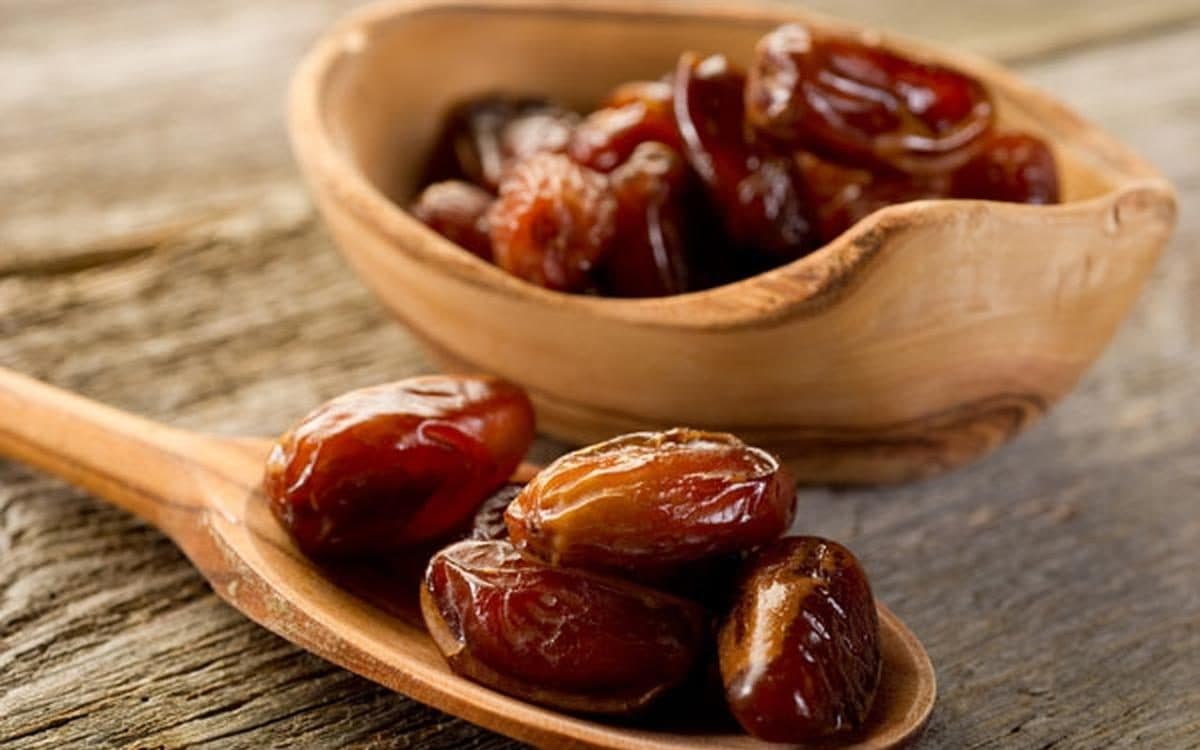
Iran Dates Names
From its 180,000 hectares of date palm groves, Iran produces 200,000 tons of dried date, 600,000 tons of semi-dried or fresh-to-dry date with diverse names, and 200,000 tonnes of fresh date
The majority of Iran’s palm groves are located in the provinces of Kerman (21
1 percent), Bushehr (13
4 percent), Khuzestan (17
6 percent), and Fars (12
3 percent)
Hormozgan (21
6 percent) is the province that produces the most fresh dates (12
2 percent )
Iran holds a diverse range of date varieties and manufacturing techniques, many of which are widely acknowledged to be among the highest quality anywhere in the world
The Piarom, Sayer, Mazafati, Zahedi, Kabkab, Rotab, Rabbi, Kalooteh, and Shahabi date variations are among the most well-known and well-liked types of Iranian dates
Other popular date types include the Kabkab, Rotab, Rabbi, and Kalooteh
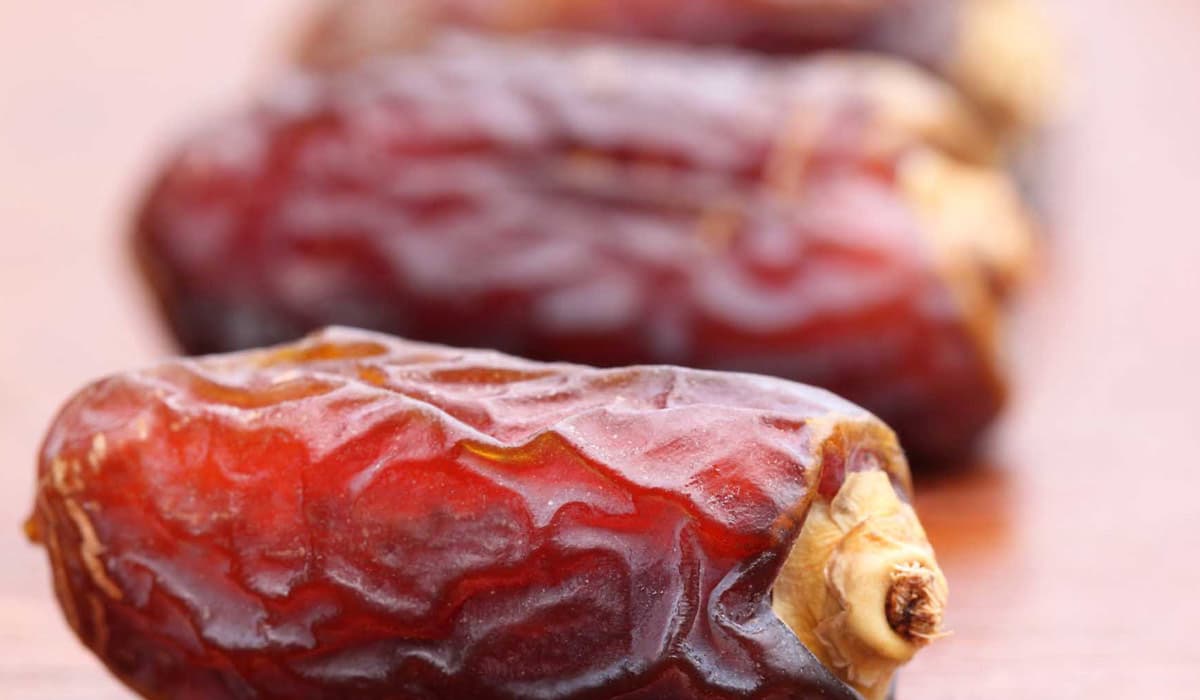
Other well-known varieties are the Kabkab, the Rotab, the Rabbi, and the Kalooteh
The province of Kerman in Iran is the most important producer of dates for the entire country
The fact that it is situated in the heart of the country, between the provinces of Fars, Hormozgan, and Sistan and Baluchestan, is one of the factors that adds to its prominence in this regard
As an immediate and direct result of this, we have access to the most extensive range of date variants conceivable
The following is a classification system for Iranian dates that is based on the percentage of moisture that they contain: When speaking of dates that have reached their maturity, the term “dry date” refers to dates in which the relative humidity is lower than 15 percent
(Zahedi dates, etc
) A mature date that has a moisture content that falls anywhere from 15 to 18 percent is referred to as being “semi-dried” (Sayer, Piarom, Rabbi, dates, etc
) “Fresh dates” are dates that have attained their full maturity and have a moisture level that falls between 18 to 35 percent
This range of moisture content is considered ideal for date production (Mazafati dates, etc
)
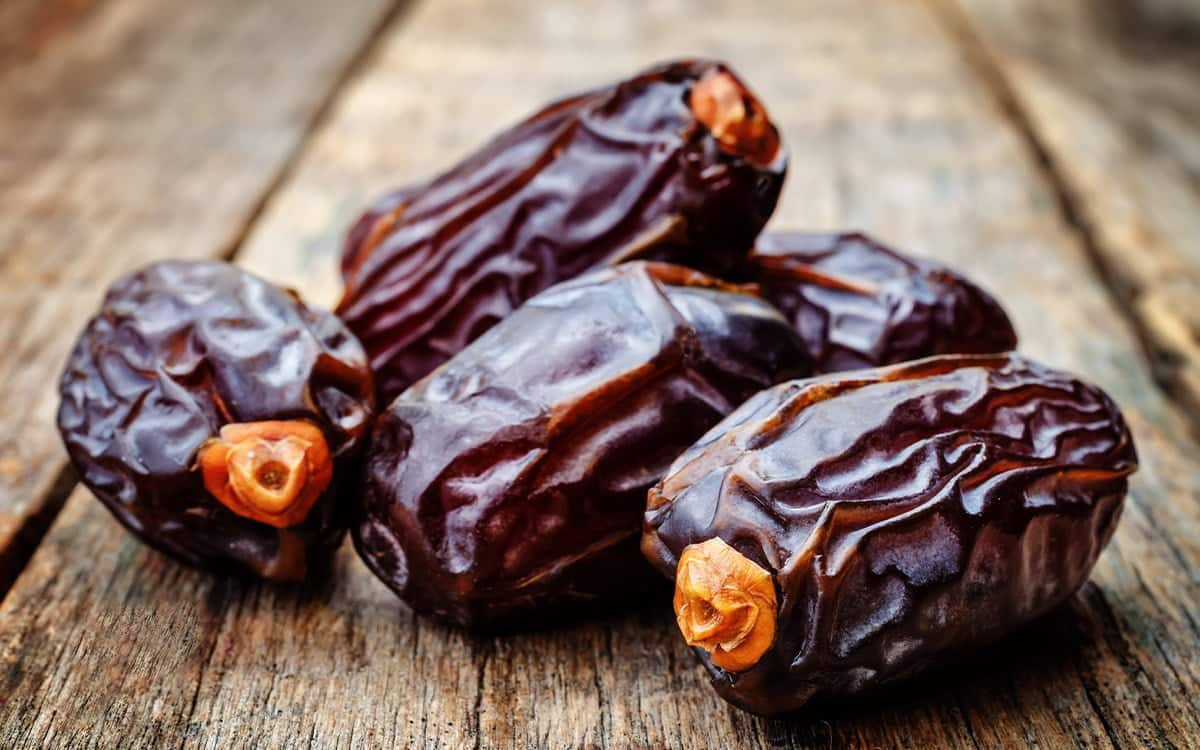
Iranian Dates Price
Iranian Dates, either fresh or dried, and at any price, are considered to be the smallest possible unit for items that fall under the category of “complex goods
” On the other hand, the smallest possible unit for commodities that are exchanged is a number of dates that falls somewhere between 1649 and 4126
These figures were arrived at using something called the Product Complexity Index (PCI)
The top four nations that export the most dates are Tunisia ($247 million), Pakistan ($139 million), Iran ($137 million), and Israel ($126 million), with Saudi Arabia coming in fifth place with $91
8 million
Countries such as India ($238 million), France ($85
1 million), Morocco ($67
1 million), Germany ($61
9 million), and England ($57
9 million) are among the leading importers of dates
The majority of the cash that Palestine earns as a direct consequence of its participation in international trade comes from the sale of dates, in both their fresh and their dried forms, both of which are exported
Both of these preparations of dates are available for purchase
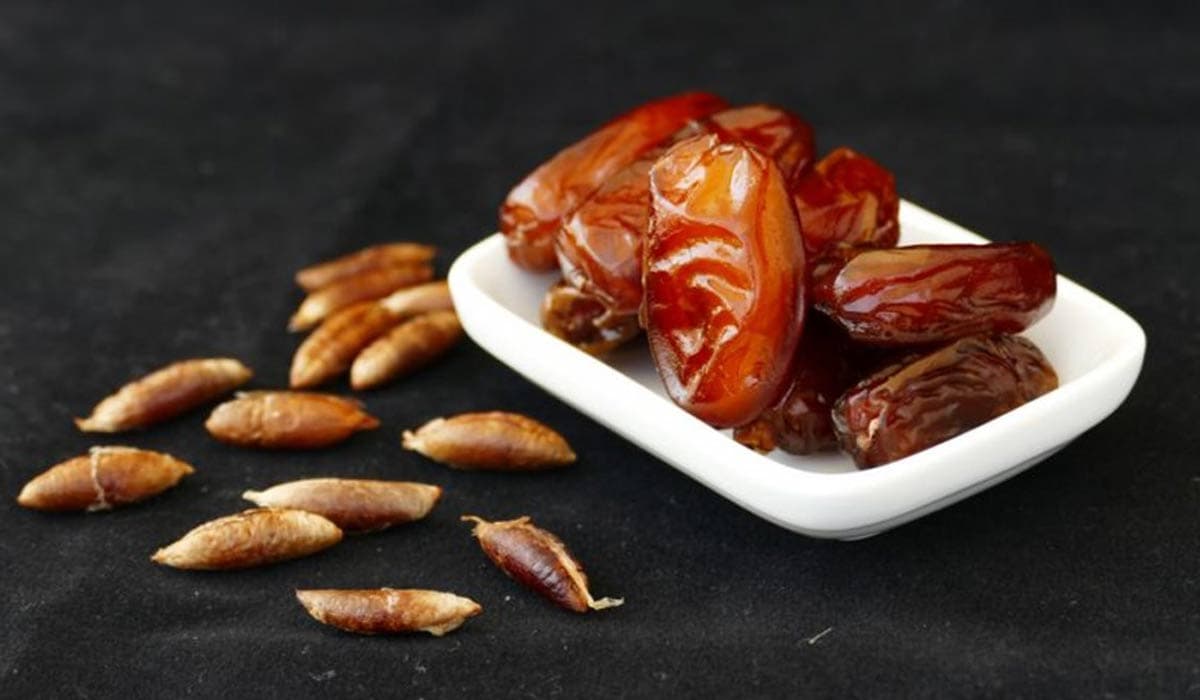
Sofra Iranian Dates
When it comes to companies that produce Iranian dates, Sofra company Marketing is the standard-setting business in the industry
These one-of-a-kind fruits can be grown in a number of climates that are considered to be temperate all over the world; nevertheless, the products that are of the highest quality can be found right here in Israel
The growing of dates in our area has a long tradition, and our date company is proud to carry on that tradition
In addition to other regions all around the world, we ship our dates to locations in Europe
Dates, including dried dates and fresh dates, are ranked 4126th on the list of the most complicated items, according to the Product Complexity Index
Dates are ranked 1649th overall among products that are traded
Tunisia ($247 million), Pakistan ($139 million), Iran ($137 million), and Israel ($126 million) are the four countries that export the most dates, with Saudi Arabia finishing in fifth place with $91
8 million
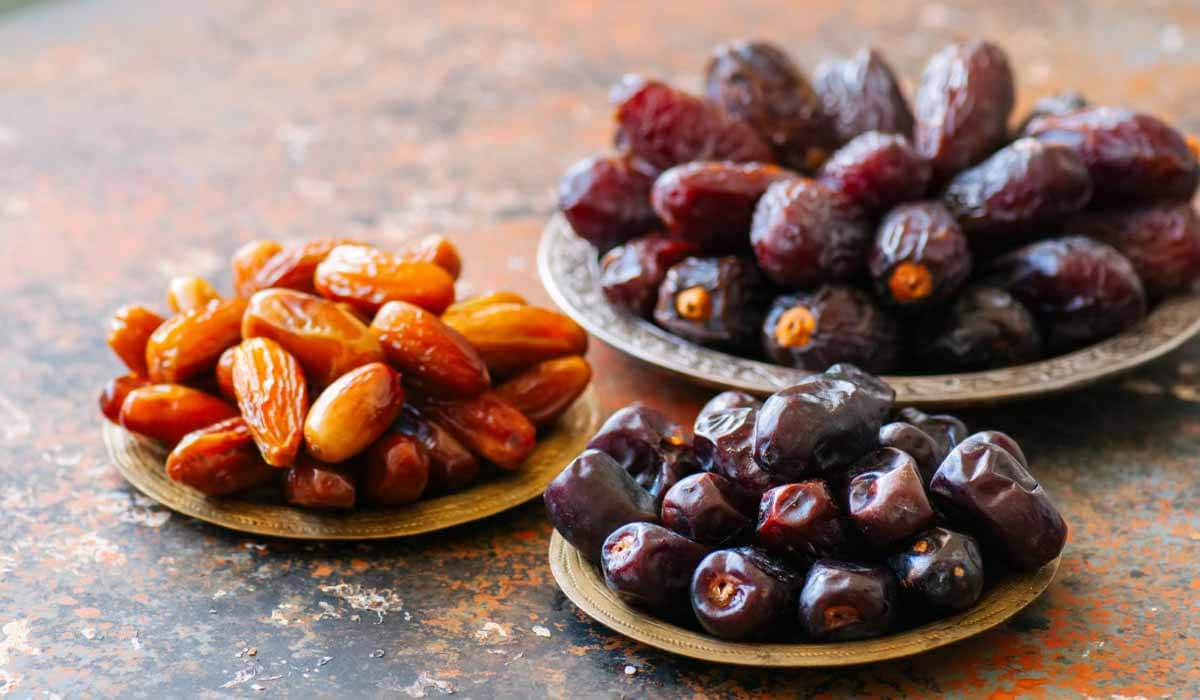
The top importers of dates are found in countries such as India ($238 million), France ($85
1 million), Morocco ($67
1 million), Germany ($61
9 million), and England ($57
9 million)
A significant portion of our company’s exports to India have gone to consumers all around this wonderful nation
People who contact us frequently work together
Different forms of collaboration with our company are possible
Others want to own our franchise, while others want to be our suppliers
Worldwide collaboration is welcome at our organization
Thus, we extended our business hours to provide 24-hour availability
All of your inquiries will be patiently answered by our executives
You are welcome to reach out to us at any moment of the day
